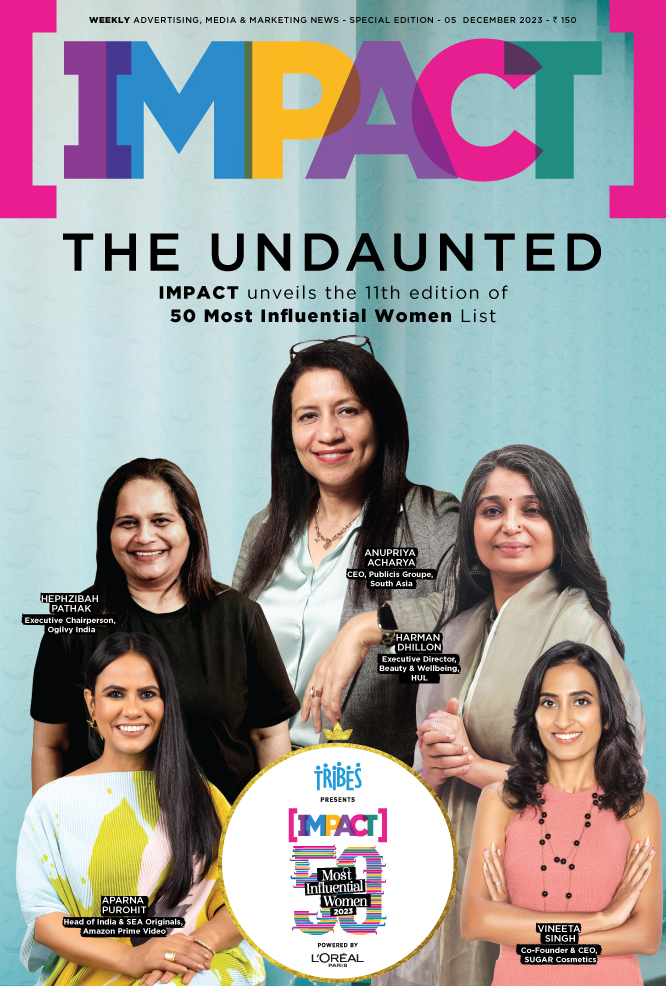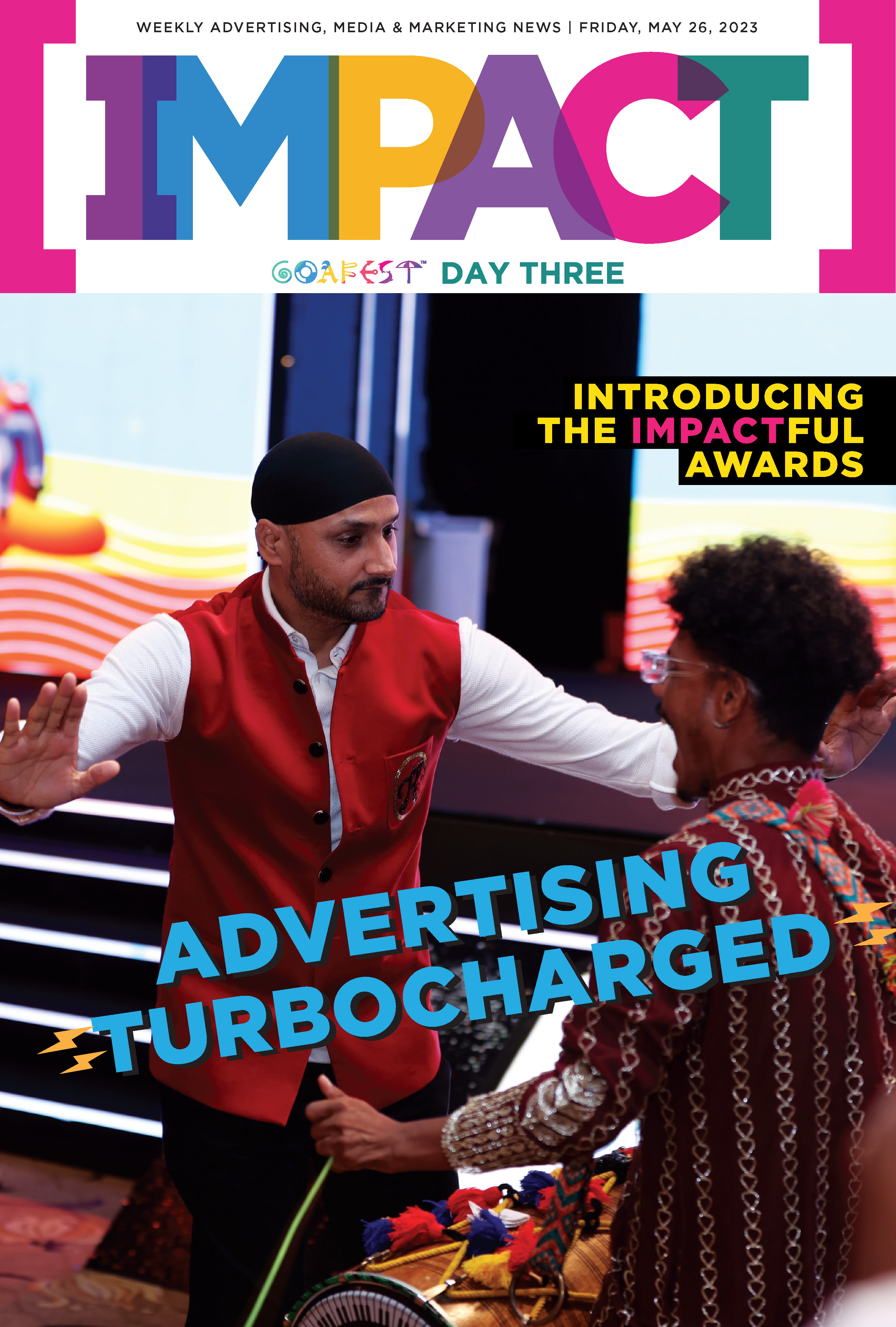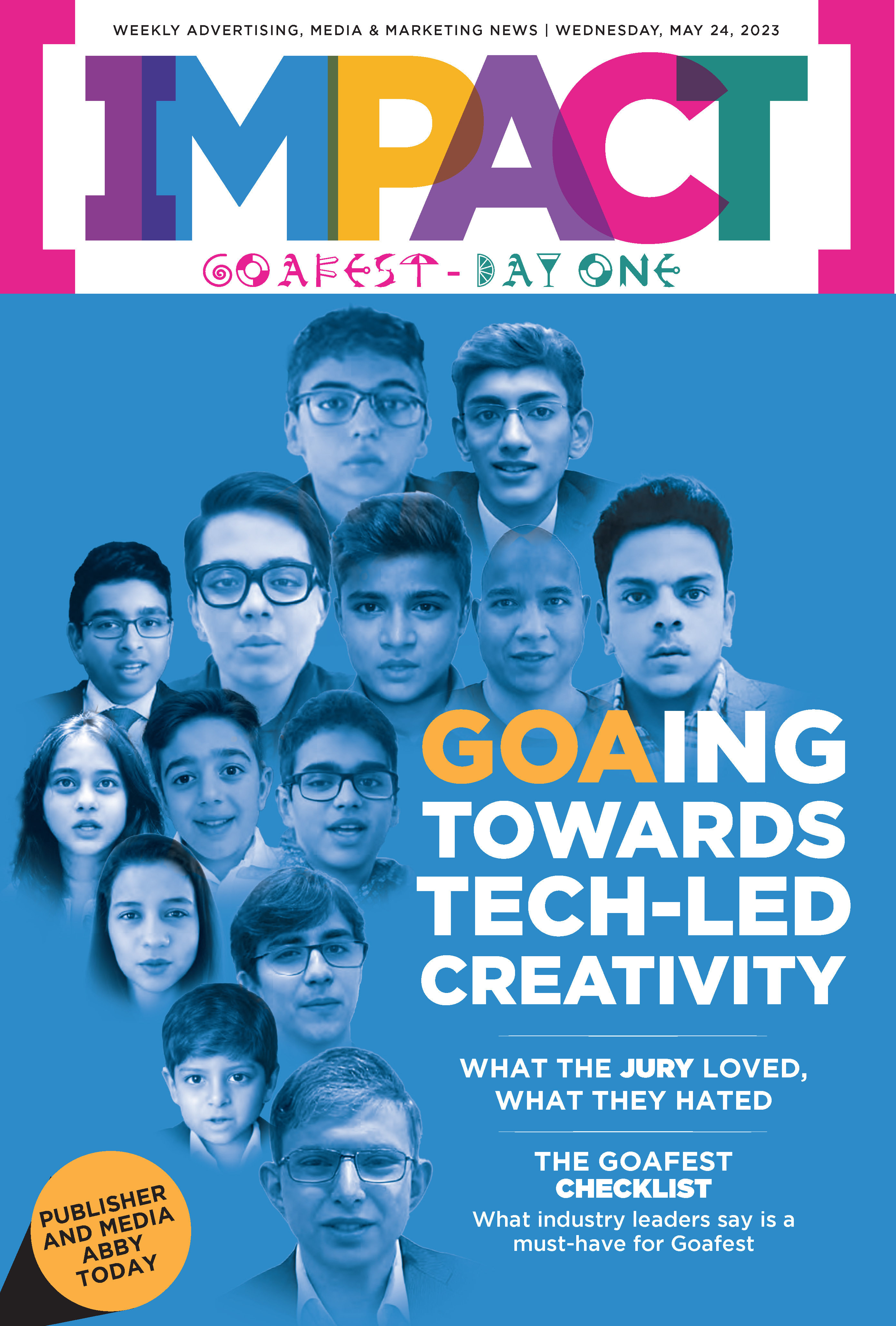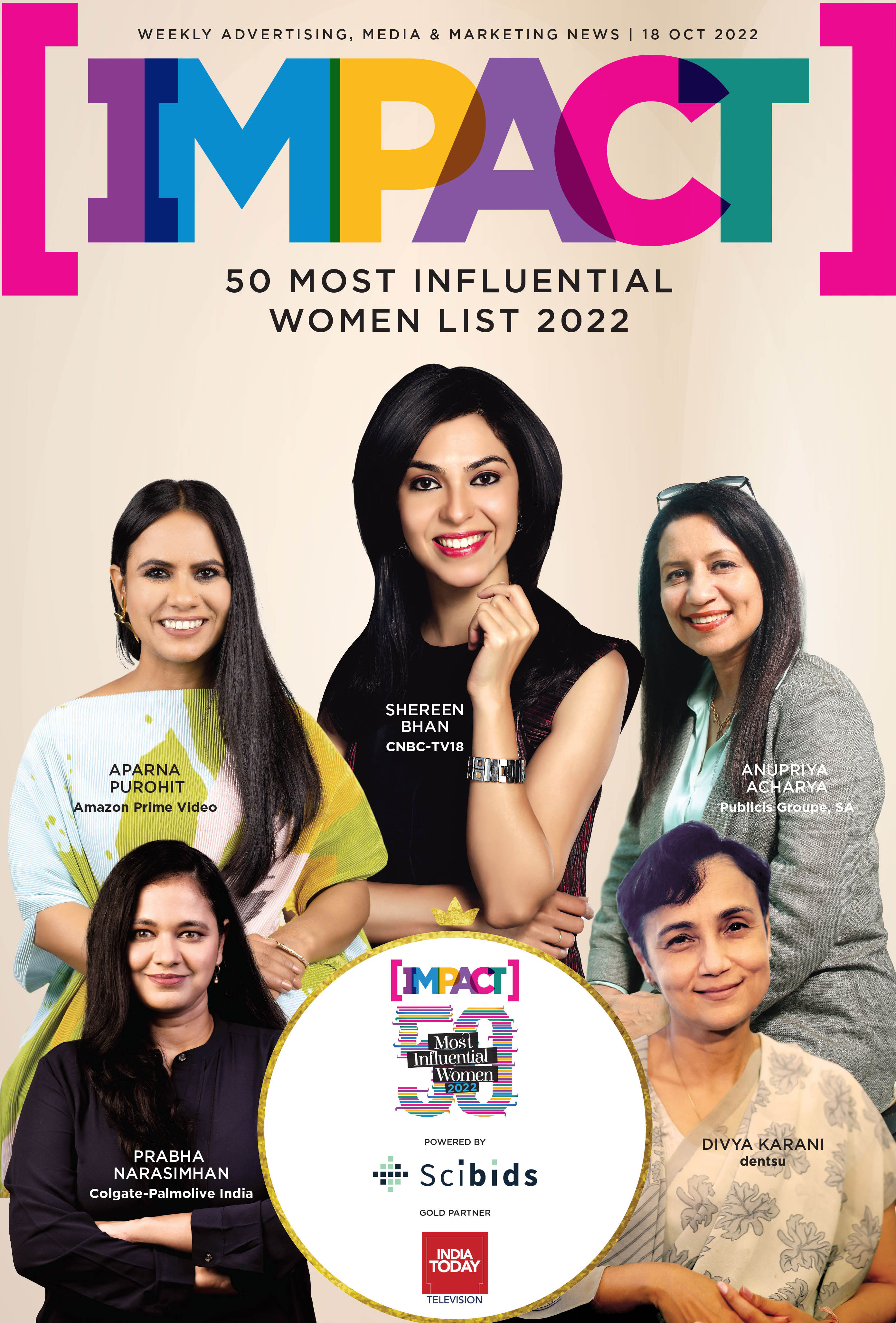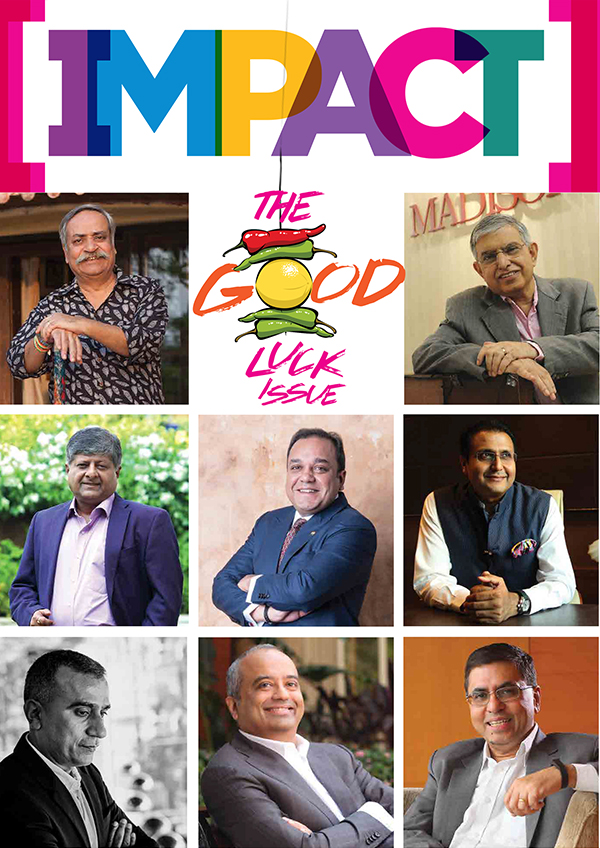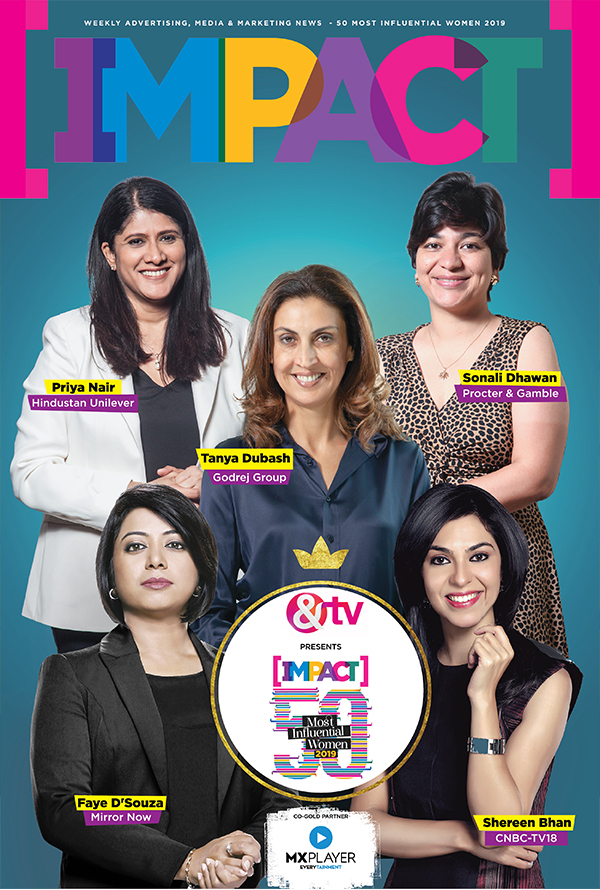India’s already growing focus on health and nutrition-based foods is now taking a different turn, a surge in protein-enriched everyday products. From milk and yogurt to paneer, bread, and even burgers, brands are finding innovative ways to integrate protein into foods that consumers already enjoy daily. In the past six months, several such products have been launched by Indian brands and while exact data isn’t yet available, the momentum is unmistakable. Protein, in particular, is emerging as a key focus—not just as a supplement, but as a daily essential in foods that households consume routinely.
Industry trackers highlight the scale of this opportunity. According to Mordor Intelligence, the overall protein market (including Animal, Plant and Microbial sources) is projected to expand from USD 1.52 billion in 2025 to USD 2.08 billion by 2030, reflecting a steady CAGR of 6.52%. This underscores the rising demand for protein-enriched products that can seamlessly fit into the daily diets of Indian households. But, with so many launches, a pressing question emerges: What is driving this protein push in everyday foods in India? And with so many products entering the market, which trends are influencing consumer choices?

 A key factor fueling this trend is the growing awareness about daily protein needs and general wellness. Consumers are no longer seeing protein as just a gym supplement; it’s becoming a household necessity. Kirti Meera Sharad, SVP Strategy, BBDO India, elaborates, “What we’re seeing now with protein-focused products in India isn’t just a passing fad, it’s a smart, timely move. The culture of fitness in India has gone mainstream. Transforming your body, building strength, eating clean—these are no longer niche ideas. Fitness has become real and accessible, from gyms in every neighbourhood to fitness influencers flooding our feeds. For today’s consumer, especially the youth, looking good and feeling strong are intertwined with identity.”
A key factor fueling this trend is the growing awareness about daily protein needs and general wellness. Consumers are no longer seeing protein as just a gym supplement; it’s becoming a household necessity. Kirti Meera Sharad, SVP Strategy, BBDO India, elaborates, “What we’re seeing now with protein-focused products in India isn’t just a passing fad, it’s a smart, timely move. The culture of fitness in India has gone mainstream. Transforming your body, building strength, eating clean—these are no longer niche ideas. Fitness has become real and accessible, from gyms in every neighbourhood to fitness influencers flooding our feeds. For today’s consumer, especially the youth, looking good and feeling strong are intertwined with identity.” Gaurang Menon, Regional and Creative Head, Hashtag Orange, adds, “The humble protein which was once talked about among a niche audience like fitness professionals and athletes has now well and truly gone mainstream, all thanks to social media. Add to that the explosion of wellness and fitness content and creators on social media and you get protein-focused food in the limelight like never before. With protein awareness rising at warp speed, with even family and society WhatsApp groups sharing protein enhanced recipe videos — it was only a matter of time that brands took notice and started adding protein to their food products. From talking about products to now talking about protein in their products, brands are rethinking how they talk about protein-focused products.”
Gaurang Menon, Regional and Creative Head, Hashtag Orange, adds, “The humble protein which was once talked about among a niche audience like fitness professionals and athletes has now well and truly gone mainstream, all thanks to social media. Add to that the explosion of wellness and fitness content and creators on social media and you get protein-focused food in the limelight like never before. With protein awareness rising at warp speed, with even family and society WhatsApp groups sharing protein enhanced recipe videos — it was only a matter of time that brands took notice and started adding protein to their food products. From talking about products to now talking about protein in their products, brands are rethinking how they talk about protein-focused products.”
And even legacy brands like Amul, are now reframing their portfolios to position protein as an everyday essential - rolling out options like High-Protein Paneer, Milk and refreshing options like High-Protein Lassi and Buttermilk.

 Manish Bandlish, Managing Director, Mother Dairy, speaking on the launch of Mother Dairy’s protein line products, says, “Our recent launch of Mother Dairy Promilk offers 30% more protein than natural milk protein; 40 grams protein per litre and is fortified with Vitamins A&D. We are encouraged by the overwhelming response Promilk has received since launch, with consumers widely appreciating its benefits, quality and taste. We will soon be introducing a diverse range of protein-rich dairy products.”
Manish Bandlish, Managing Director, Mother Dairy, speaking on the launch of Mother Dairy’s protein line products, says, “Our recent launch of Mother Dairy Promilk offers 30% more protein than natural milk protein; 40 grams protein per litre and is fortified with Vitamins A&D. We are encouraged by the overwhelming response Promilk has received since launch, with consumers widely appreciating its benefits, quality and taste. We will soon be introducing a diverse range of protein-rich dairy products.” Similarly, Parag Milk Foods has launched a variety of protein-enhanced products across many of its verticals like Gowardhan, Go, Pride of Cows and Avvatar. Akshali Shah, Executive Director, Parag Milk Foods Ltd, says, “Over the years, as consumer awareness around nutrition has evolved especially around the importance of protein as a daily dietary essential, we saw a clear opportunity to bridge the gap between traditional dairy and modern wellness needs. Parag Milk Foods has taken a strategic step to innovate within dairy by offering products that are not just nutritious but also align with today’s fast-paced lifestyles. What makes these products truly effective is their integration into everyday routines. They are not just for athletes or gym-goers but are ideal for daily consumption whether it’s post-meal or as in between a quick snack. We’ve consciously created a portfolio that is portable, accessible, and convenient, making it easier for consumers to meet their protein consumption needs without compromising on taste or time.”
Similarly, Parag Milk Foods has launched a variety of protein-enhanced products across many of its verticals like Gowardhan, Go, Pride of Cows and Avvatar. Akshali Shah, Executive Director, Parag Milk Foods Ltd, says, “Over the years, as consumer awareness around nutrition has evolved especially around the importance of protein as a daily dietary essential, we saw a clear opportunity to bridge the gap between traditional dairy and modern wellness needs. Parag Milk Foods has taken a strategic step to innovate within dairy by offering products that are not just nutritious but also align with today’s fast-paced lifestyles. What makes these products truly effective is their integration into everyday routines. They are not just for athletes or gym-goers but are ideal for daily consumption whether it’s post-meal or as in between a quick snack. We’ve consciously created a portfolio that is portable, accessible, and convenient, making it easier for consumers to meet their protein consumption needs without compromising on taste or time.”

 Akshali further explains that consumers appreciate the portable format which delivers a protein punch without the hassle of mixing powders or preparing shakes. And this is a major factor driving protein adoption- the demand for convenience. Today’s urban consumers live in fast-paced environments where traditional meals are replaced with quick fixes. Protein, therefore, is being packaged into on-the-go formats, shakes, snack bars, yogurts, and fortified beverages, fitting perfectly into busy routines. Take for instance, SuperYou, co-founded by Ranveer Singh, this brand has introduced protein wafer bars and protein chips, aligning with this shift toward portable, quick-serve nutrition. Nikunj Biyani, Co-Founder, SuperYou, states, “We noticed that while awareness of protein is growing, the average Indian diet is still protein-deficient. Most people struggle to add sufficient protein into their daily meals without having to make drastic lifestyle changes. That’s where we saw an opportunity to take everyday foods that people already love and consume, and add high-quality protein to it. We’ve seen strong repeat purchases. Broadly, our protein-enriched category is growing by double digits year-on-year.”
Akshali further explains that consumers appreciate the portable format which delivers a protein punch without the hassle of mixing powders or preparing shakes. And this is a major factor driving protein adoption- the demand for convenience. Today’s urban consumers live in fast-paced environments where traditional meals are replaced with quick fixes. Protein, therefore, is being packaged into on-the-go formats, shakes, snack bars, yogurts, and fortified beverages, fitting perfectly into busy routines. Take for instance, SuperYou, co-founded by Ranveer Singh, this brand has introduced protein wafer bars and protein chips, aligning with this shift toward portable, quick-serve nutrition. Nikunj Biyani, Co-Founder, SuperYou, states, “We noticed that while awareness of protein is growing, the average Indian diet is still protein-deficient. Most people struggle to add sufficient protein into their daily meals without having to make drastic lifestyle changes. That’s where we saw an opportunity to take everyday foods that people already love and consume, and add high-quality protein to it. We’ve seen strong repeat purchases. Broadly, our protein-enriched category is growing by double digits year-on-year.”
 While bars, chips, and yogurts are easier to imagine, Aquatein has pushed the boundaries further by introducing protein-rich water. When asked about the thought behind this idea, Aquatein Co–Founder Mitisha Mehta, says, “Aquatein is driving a shift, making protein as natural a choice as tea, coffee, and even water. We created ready-to-drink formats and innovative blends like vitamin-infused beverages and collagen water with glutathione and NutroxSun, delivering nutrition in a delicious, effortless way. When we launched India’s first protein water in 2019, awareness about protein was far lower than today. Over time, we saw customers move from starter packs to monthly subscriptions, and now many opt for annual plans.”
While bars, chips, and yogurts are easier to imagine, Aquatein has pushed the boundaries further by introducing protein-rich water. When asked about the thought behind this idea, Aquatein Co–Founder Mitisha Mehta, says, “Aquatein is driving a shift, making protein as natural a choice as tea, coffee, and even water. We created ready-to-drink formats and innovative blends like vitamin-infused beverages and collagen water with glutathione and NutroxSun, delivering nutrition in a delicious, effortless way. When we launched India’s first protein water in 2019, awareness about protein was far lower than today. Over time, we saw customers move from starter packs to monthly subscriptions, and now many opt for annual plans.”

 The consumer response for protein-enriched products reflects a broader cultural shift. Dr. Ravinder Varma, Sr. Brand Manager, RiteBite Max Protein, sums it up: “The consumer response for Max Protein has been phenomenal. Today, protein isn’t a buzzword for the fitness community alone; it’s a lifestyle choice for students rushing to class, professionals balancing hectic schedules, and families making healthier snacking decisions. What excites us most is the shift in mindset: Indians are no longer asking why protein, they’re asking how much protein, and that’s a cultural change we’re proud to drive.”
The consumer response for protein-enriched products reflects a broader cultural shift. Dr. Ravinder Varma, Sr. Brand Manager, RiteBite Max Protein, sums it up: “The consumer response for Max Protein has been phenomenal. Today, protein isn’t a buzzword for the fitness community alone; it’s a lifestyle choice for students rushing to class, professionals balancing hectic schedules, and families making healthier snacking decisions. What excites us most is the shift in mindset: Indians are no longer asking why protein, they’re asking how much protein, and that’s a cultural change we’re proud to drive.”
It is evident that convenience and innovation are definitely crucial, but how these products are positioned in the marketplace is just as significant. As protein moves from fitness aisles to mainstream shelves, the marketing narrative has shifted - brands and agencies are leaning into highly targeted communication, using credible spokespeople and clear nutritional cues to build trust while tapping into consumer aspirations. Manas Lahiri, Chief Growth Officer, Havas India, captures this shift, “ Protein-led (product) lines are outpacing other health categories by almost 2x, delivering higher trial and repeat when ‘protein’ is clearly signposted. Consumers are also far more discerning—engaging better with campaigns that reference RDA (Recommended Dietary Allowance), source quality, or grams per serve, rather than generic ‘healthy’ claims. Finally, the creator mix has shifted, fitness influencers alone don’t suffice; doctors, dietitians, and vernacular recipe voices (regional chefs) are equally critical because protein has become a household decision, not just a gym/fitness one.”

 This strategic clarity in messaging - signal-driven, scientifically backed, and culturally relevant is helping brands cut through the clutter. Even in the QSR space, long seen as indulgence-first brands aren’t shying away. McDonald’s India launched the Protein Plus Slice with chef Sanjeev Kapoor, a trusted household name who brings credibility to the campaign. A spokesperson for McDonald’s India, West and South, says, “What makes this innovation special is the protein personalisation it offers. Customers can add one, two, or even three slices to their favourite McDonald’s burger. The response has been phenomenal on the very first day of launch. We served over 32,000 Protein Plus slices within just 24 hours, amounting to approximately 160,000 grams of plant-based protein. Most of our stores were stocked out in the initial days, demonstrating the strong consumer enthusiasm for this innovation.”
This strategic clarity in messaging - signal-driven, scientifically backed, and culturally relevant is helping brands cut through the clutter. Even in the QSR space, long seen as indulgence-first brands aren’t shying away. McDonald’s India launched the Protein Plus Slice with chef Sanjeev Kapoor, a trusted household name who brings credibility to the campaign. A spokesperson for McDonald’s India, West and South, says, “What makes this innovation special is the protein personalisation it offers. Customers can add one, two, or even three slices to their favourite McDonald’s burger. The response has been phenomenal on the very first day of launch. We served over 32,000 Protein Plus slices within just 24 hours, amounting to approximately 160,000 grams of plant-based protein. Most of our stores were stocked out in the initial days, demonstrating the strong consumer enthusiasm for this innovation.”
 Monideepa Nandi, Sr. Vice President & Business Partner, DDB Mudra Group, highlights, “Protein-focused campaigns are seeing noticeably sharper consumer engagement than traditional FMCG ones as protein now feels personal, tied to one’s health, growth and well-being. People are more likely to share, comment, or discuss such content online. Consumers feel they’re making a better choice when picking up a product with more protein in it, which increases trial rates. We have also seen examples of protein-rich products being marketed by not just Bollywood celebrities but also by fitness influencers, mom bloggers, and nutritionists, sparking a credible, Q&A-driven engagement.”
Monideepa Nandi, Sr. Vice President & Business Partner, DDB Mudra Group, highlights, “Protein-focused campaigns are seeing noticeably sharper consumer engagement than traditional FMCG ones as protein now feels personal, tied to one’s health, growth and well-being. People are more likely to share, comment, or discuss such content online. Consumers feel they’re making a better choice when picking up a product with more protein in it, which increases trial rates. We have also seen examples of protein-rich products being marketed by not just Bollywood celebrities but also by fitness influencers, mom bloggers, and nutritionists, sparking a credible, Q&A-driven engagement.”

 It’s also this blend of lifestyle choices and peer-driven influence that brands are tapping into. Take for example, Godrej Yummiez, by putting protein-forward products through chicken nuggets, sausages, and kebabs, it reflects how protein is increasingly becoming part of social and lifestyle choices shaped by peers. Anushree Dewen, Head of Marketing and Innovation, Godrej Foods Ltd mentions, “The rising interest in protein gave us the opportunity to bring that benefit into formats consumers don’t usually associate with protein, like Chicken Nuggets. For kids, busy parents, or working professionals, this means a convenient, tasty option that also delivers everyday nutrition. In many ways, protein became the natural next step in our frozen food innovation journey and the response has been very encouraging. What’s interesting is how demand spikes during festive and seasonal occasions, when families look for convenient yet indulgent options.”
It’s also this blend of lifestyle choices and peer-driven influence that brands are tapping into. Take for example, Godrej Yummiez, by putting protein-forward products through chicken nuggets, sausages, and kebabs, it reflects how protein is increasingly becoming part of social and lifestyle choices shaped by peers. Anushree Dewen, Head of Marketing and Innovation, Godrej Foods Ltd mentions, “The rising interest in protein gave us the opportunity to bring that benefit into formats consumers don’t usually associate with protein, like Chicken Nuggets. For kids, busy parents, or working professionals, this means a convenient, tasty option that also delivers everyday nutrition. In many ways, protein became the natural next step in our frozen food innovation journey and the response has been very encouraging. What’s interesting is how demand spikes during festive and seasonal occasions, when families look for convenient yet indulgent options.”
 This peer-led momentum has not just shaped brand offerings, it’s reshaping platforms, like Swiggy for example, has launched a dedicated ‘High Protein’ category, featuring over 500,000 curated dishes that meet defined protein standards. Deepak Maloo, Vice President, Food Strategy, Customer Experience & New Initiatives, Swiggy, “More than 4.5 million customers have already explored high-protein options on Swiggy since launch, showing strong interest in this offering. While metros cities naturally lead in order volumes, we are also seeing surprising traction in cities such as Chandigarh, Surat, Thiruvananthapuram and Goa. Further, we are seeing a very high intent in customers to search based on the grammage of protein and source of protein, rather than selecting a Restaurant and Dish.”
This peer-led momentum has not just shaped brand offerings, it’s reshaping platforms, like Swiggy for example, has launched a dedicated ‘High Protein’ category, featuring over 500,000 curated dishes that meet defined protein standards. Deepak Maloo, Vice President, Food Strategy, Customer Experience & New Initiatives, Swiggy, “More than 4.5 million customers have already explored high-protein options on Swiggy since launch, showing strong interest in this offering. While metros cities naturally lead in order volumes, we are also seeing surprising traction in cities such as Chandigarh, Surat, Thiruvananthapuram and Goa. Further, we are seeing a very high intent in customers to search based on the grammage of protein and source of protein, rather than selecting a Restaurant and Dish.”

Another definite reason could of course be the widespread nutritional deficit in protein. A recent study by ICRISAT (International Crops Research Institute for the Semi-Arid Tropics), IFPRI (International Food Policy Research Institute), and CESS (Centre for Economic and Social Studies) found that over two-thirds of households in India’s semi-arid tropics consume less protein than recommended. At the same time, a survey by IMRB (Indian Market Research Bureau) revealed that nine out of ten Indians, 91% of vegetarians and 85% of non-vegetarians are protein-deficient. More recent findings from Poshan Abhiyaan and the National Family Health Survey further underline that protein consumption is disproportionately low compared to carbohydrate-heavy diets. Monideepa explains, “In India, the protein wave is being fuelled as much by aspiration as by necessity. If you’re visiting a nutritionist or a doctor, you’ll hear most of them telling you to increase the protein in your diet - more protein for your kids to grow, and more protein for your own bone and muscle health. That’s probably one reason why FMCG brands are fortifying their products with protein.”

Yes, the rise of protein-focused products reflects a significant shift in India’s market landscape, and as more brands explore innovative ways to incorporate protein into everyday diets, the market continues to evolve. But how this momentum will translate into long-term consumption patterns remains a space to watch. As Kirti explains, “Protein has become a cultural currency. It’s not just about nutrition, it’s about aspiration, discipline, and self-care. From where I stand, the opportunity is huge—but the execution has to be right. Just slapping ‘high protein’ on a pack isn’t going to cut it. Consumers want to feel the benefit, enjoy the taste, and believe the claim.” Thus, protein is shaping up as a strategic focal point for brands, but whether it translates into consistent market expansion is still an open question.


















